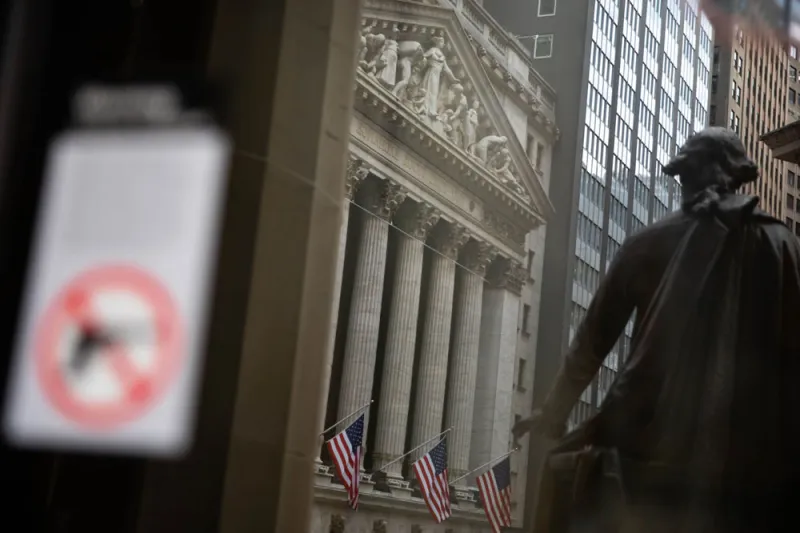Exchange-traded funds just had their biggest year yet.
Investors allocated a net $505 billion to ETFs in 2020, more than any year before, according to State Street Global Advisors. The record inflows came as the coronavirus pandemic spurred a sharp drop in equities that quickly rebounded and after the U.S. Federal Reserve signaled its commitment to supporting fixed-income ETFs.
The latter move contributed to a surge in popularity for fixed-income ETFs, which attracted a record $212 billion in assets, according to SSGA, whose SPDR family of ETFs is among the largest exchange-traded fund businesses.
“What we saw in 2020 is this increased level of comfort” with fixed-income ETFs, said Matthew Bartolini, head of SPDR Americas research at SSGA. “There was always this fear that fixed-income ETFs would blow up.”
This year, however, when credit markets seized up, fixed-income ETFs “showed durability, flexibility, and liquidity,” Bartolini added. “Institutional investors gravitated toward the ability to transact when perhaps some of the underlying securities were not trading.”
Another confidence boost came from the Federal Reserve’s announcement on March 23 that it would purchase corporate bond ETFs, indicating that the funds were a “systemically important vehicle,” Bartolini said. “That bred more confidence in investors who were hesitant to use fixed-income ETFs.”
[II Deep Dive: BlackRock Rakes in Big Portion of Fed’s ETF Investments]
According to Bartolini, fixed-income ETFs have gained in popularity among institutional investors in part because of their low cost — something that has become more important as interest rates have stayed low. The flexibility of ETFs also means that institutional investors can use them to reposition portfolios and make tactical trades, Bartolini said.
“Fixed income has become an extremely difficult asset class because of the distortive impact central bank policies have had on bond yield,” he said. “Investors are able to partake in the overall market’s yield better [using low-cost vehicles] than if it was a high-fee strategy.”
Fixed-income ETFs weren’t the only exchange-traded funds that had a record year. SSGA said that gold-backed ETFs attracted an all-time-high $29 billion as investors sought a safe haven amid the volatility and uncertainty brought by the pandemic. Commodity ETFs as a whole likewise attracted record assets, recording $41 billion in inflows.
Equity ETFs, meanwhile, brought in $247 billion last year — the second biggest inflows on record for the category, according to Bartolini.







